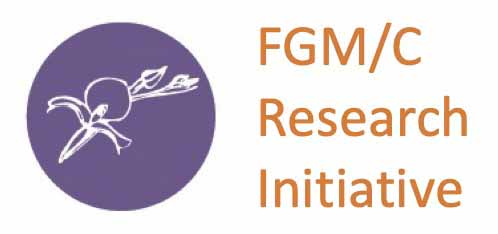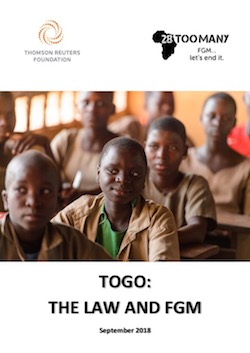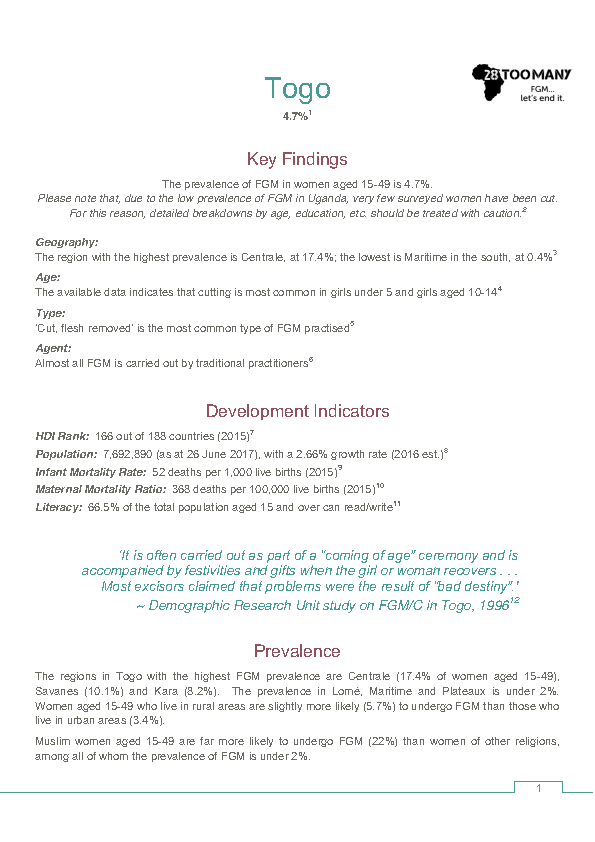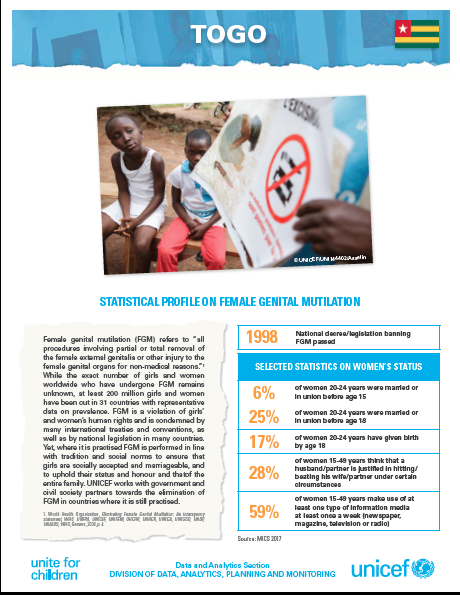Home | Research & Resources | Togo
Key Findings
The prevalence of FGM/C in women aged 15–49 in Togo is 3.1%.
94.5% of women believe that FGM/C should be stopped.
Geography
The region with the highest prevalence is Centrale, at 13.5%; the lowest is Maritime, in the south, at 0.2%
Age
FGM/C is most commonly performed on girls between 4 and 14 years of age
Type
‘Cut, flesh removed’ is the most common type of FGM/C practised
Agent
Almost all FGM/C is carried out by traditional practitioners
Distribution of FGM/C across Togo
The regions in Togo with the highest FGM/C prevalence are Centrale (13.5% of women aged 15–49) and Savanes (7.6%). The prevalence in Kara is 2.5%, and in Lomé, Golfe Urbaine, Maritime and Plateaux it is less than 2%. Women aged 15–49 who live in rural areas are slightly more likely (3.6%) to undergo FGM/C than those who live in urban areas (2.5%).
FGM/C is usually performed on girls aged 4–14; according to the MICS, it is also performed on infants, women who are about to get married, and sometimes on women who are pregnant with their first child or who have just given birth.
FGM/C prevalence is less than 6% across most ethnic groups in Togo. The most recent data also show a prevalence of 12.1% among ‘Autres togolais’ and 6.8% among ‘Autres nationalités’.
73% of women aged 15–49 have heard of FGM/C; of these, 94.5% believe that it should be stopped. Support for FGM/C abandonment increases slightly among women whose mothers are more educated and who are in the higher wealth quintiles.
The most recent MICS survey does not give FGM/C prevalence according to religion. The DHS 2015, however, suggests that Muslim women aged 15–49 are far more likely to undergo FGM (22%) than women of other religions, among all of whom the prevalence of FGM/C is less than 2%.
Please note that, due to the low prevalence of FGM/C in Togo, very few surveyed women have been cut. For this reason, detailed breakdowns by age, education, etc. should be treated with caution.
Trends in FGM Prevalence in Togo
Breaking down the most recent data by age group shows that the prevalence for women aged 45–49 is 5.4%, while for the youngest age group this has fallen to 1.4%.
Despite the fact that a small proportion of women may be cut after the age of 15, the data suggests a trend towards lower prevalence among younger women.
FGM/C Legislation in Togo
The main law relating to FGM in Togo is Law No. 98-016, dated 17 November 1998, on the prohibition of female genital mutilation. Law No. 2015-010, the new Penal Code of Togo, dated 24 November 2015, also criminalises the practice of FGM/C. However, there is a lack of publicly available information on any prosecutions to date; law enforcement appears to be weak and there is an absence of reporting and recording of FGM/C cases.
Development Indicators
Population Growth
8,266,868 (as at 11 March 2020), with a 2.56% growth rate (2020 est.)
Infant Mortality
52 deaths per 1,000 live births (2015)
Maternal Mortality
368 deaths per 100,000 live births (2015)
SDG Gender Index
Ranked 127 out of 144 countries with a score of 49.2% (2022)


.png)
.jpg)
_cover.jpg)
_french_cover.jpg)
_french_cover.jpg)


_french.png)
